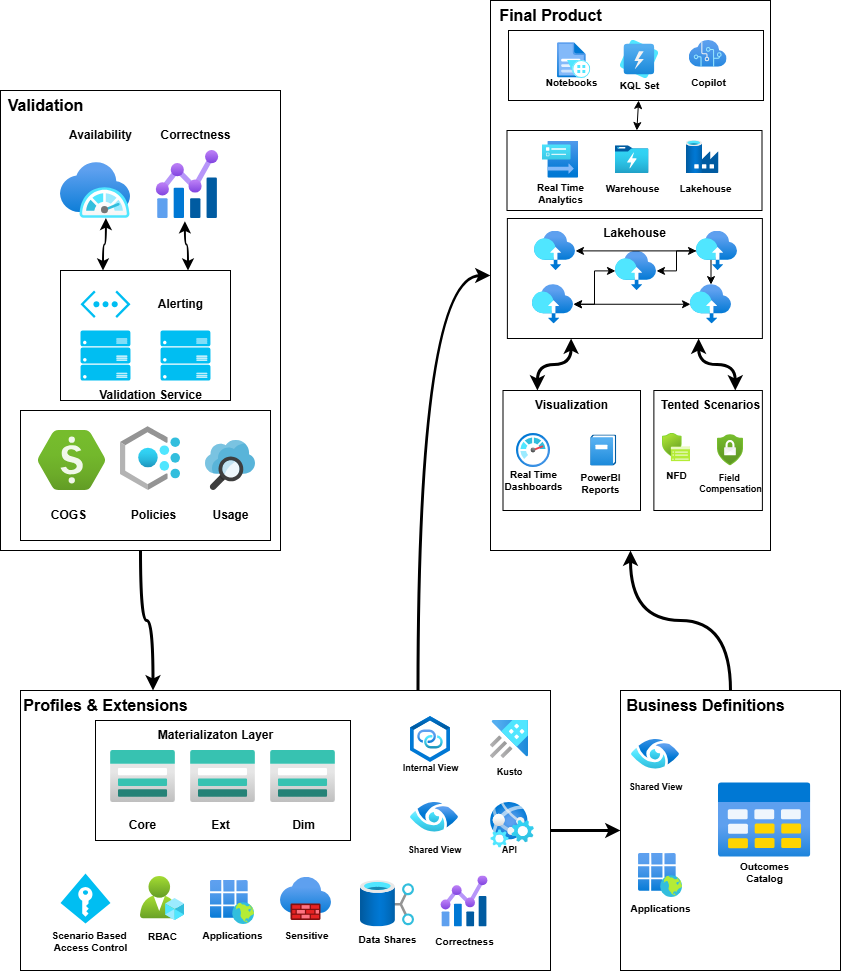Unified Data Model at Microsoft
Unified Data Model standardizes metadata and enhances data discoverability.
Latest posts

Validations and Correctness: How UDM enables Devs to build for Data Quality, Uptime, and Velocity
Introduction Ensuring data correctness and integrity is crucial in any data-driven system. Poor data quality can lead to incorrect insights, disrupted business processes, and failed pipelines. The Unified Data Model (UDM) enforces robust validation rules to maintain high data quality, ensuring consistency across all assets. In this post, we’ll explore how UDM safeguards against missing or incorrect data, the role of schema enforcement and type validation, how data lineage tracking helps troubleshoot failures, and real-world scenarios where UDM prevents costly issues and speeds up end-to-end delivery time. How U...

Leveraging the Unified Data Model: A Practical Example of Data Modeling
Introduction In today’s data-driven world, businesses need a structured approach to managing foundational data assets. The Unified Data Model (UDM) provides a scalable and governed framework for modeling key entities while keeping data assets maintainable and extensible. In this post, we will use a hypothetical business entity as an example to demonstrate how UDM effectively structures data. We'll model a Base Profile, an Extension, and a Dimension to show how the same data assets can be reused across multiple scenarios. We will also explore how the UDM approach simplifies data storage, making it easier to qu...
Why a Unified Data Model is Critical: Lessons from Building Microsoft’s Semantic Layer
Introduction Some years ago, we were wrestling with a persistent issue in our data stack. Every team had their own way of collecting and structuring data. What was a simple query for one team became a debugging nightmare for another. Discovering the right dataset felt like looking for a needle in a haystack, and standardizing definitions was almost impossible. These headaches slowed us down, hurt trust in our data, and left our AI models grappling with inconsistent input. When we started the effort to build a unified data model at Microsoft, we realized these problems weren’t just ours—they were universal. Thi...
